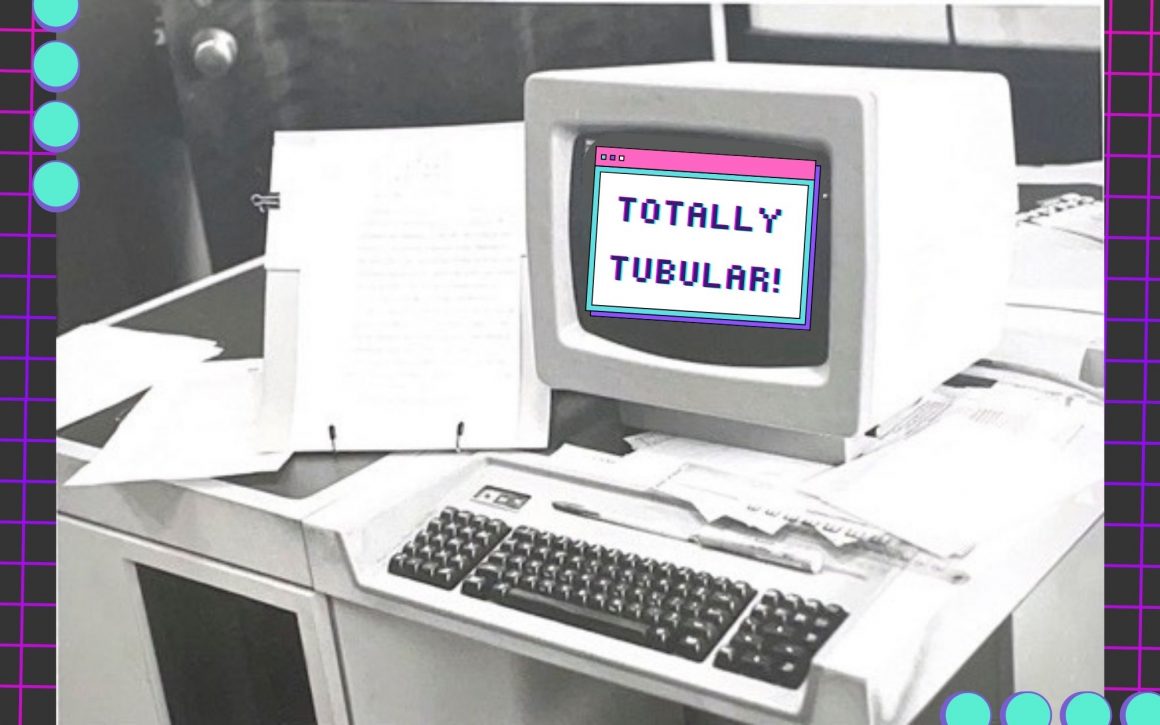
Taking notes that work for you
By Sheroog Kubur, September 12 2022—
Finding a note-taking style that works for you is difficult, and finding a style to match your classes is even harder. Figuring out which will be most convenient for you is something that is imperative in your first year of university, so here are some tips to help make that decision.
Picking the right medium
A popular gadget you’ll find no shortage of in lecture halls is the tablet and stylus combination. The most popular is an iPad and Apple Pen, although other smart tablets are equally popular depending on your needs. The upside to a tablet is that you can write directly on slides, meaning you’re spending more time in class actively listening to the professor. A downside is that the upfront cost is hefty and that’s not including the software you may need to purchase (Goodnotes, Notability, etc.).
The second most common tool that’s used is a laptop, complete with a digital notebook (Notion, OneNote, etc.). An upside to a laptop is that typing is much faster than writing, meaning you’re getting much more information in your notes. The downside is that multitasking is hard — listening to the professor while typing slides means you may miss something.
The final tool is the classic notebook and pen combination. An upside to a physical notebook is that organizing your pages is much easier, allowing you to make flow charts or copy diagrams. A downside is that it is undoubtedly the least quick of the three options, meaning you have to be smart when selecting how you want to spend your time.
Different notes for different styles of classes
The medium for notes depends on the style of class. Are all your classes lecture based with lots of information? Are they practice based with lots of time to work through problems? Are they discussion based with lots of conversations?
The best advice is to not waste time. You can either pull up the slides on your device and edit them directly with your own notes and comments or type out each slide and keep specific notes of what you want to pay attention to. You will not have time in class to switch between pens or make pretty banners for each topic, so don’t bother. Get down everything you can and make sense of them later.
Before you enter the classroom
Once you’ve decided what will be the best style of notes for the class, the bulk of the work happens before you step into the classroom. If the slides are posted ahead of time and you are working with a tablet, download the slides onto a workable space. If you’re using a laptop, set up your digital workspace ahead of time by deciding how you want to organize your space.
There are plenty of tutorials for different softwares, but don’t get overwhelmed. Will each lecture be a separate page or will each section be one big document? If you’re using a physical notebook, figure out how you’re planning on organizing each page. The most important thing is to have a blank sheet you can write or type on, everything else like how to organize the notes is all bells and whistles. However you choose to organize it, do it before you even step into the classroom.
